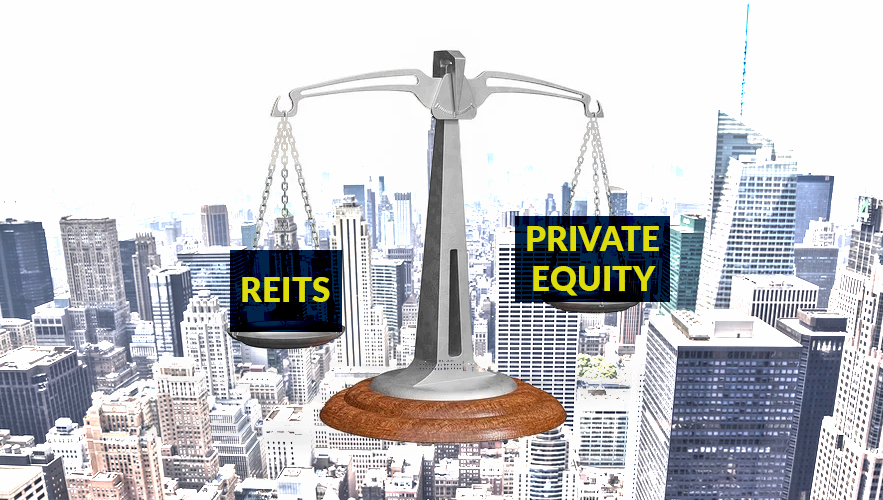
It is important to fully analyze your financial goals when you are looking for low-risk investments. Although low-risk mutual funds don't have interest rate and credit risk, inflation risk can impact the projected gains as well as the losses. When choosing these types of investments, it's crucial to understand how much of a reduction in gains or losses you are comfortable with. These factors can impact your decision-making and could affect your investment's overall returns.
Money market funds
A good money markets mutual fund should have a low expense rate and no minimum investment requirement. This fund earns interest and accumulates the money to purchase a minimum fund. It is not the best option for those who are just starting to invest, but it is the most secure. Due to its stability and low fees it is an excellent cash alternative. These funds generally have an expense ratio lower than 0.1%.

CDs
You will need to decide your risk tolerance before you purchase a CD. CDs are great for protecting your money in the event that there is a downturn in the market. However, it's not wise to place all of your savings at a low yield interest rate. This is why it's important that you shop around for the lowest interest rate. The best rate available for your CD will depend on the duration of your term. You may be better off investing for five year than you would with a rate of ten percent.
High-yield savings plans
A recent survey by NextAdvisor revealed that 21 percent of banked adults in the U.S. have at least one high-yield savings account. Surveying 1,202 U.S. adults aged 18 or older, the survey was conducted online. These high-yield savings account are great for those who want to grow their savings long-term and keep up with inflation. These accounts do not have the same benefits and features as stocks and mutual funds.
Index funds
Investors choose low-risk index funds for their low costs and excellent diversification. However, there are some funds that have misleading labels or high expense ratios. Before you invest in an index fund, be sure to fully understand your investment goals. You can check the index holdings to find out. This will allow for you to make an educated decision. Consult a financial advisor if you want to know which fund will best suit your needs.

Stable value funds
Although Stable Value Funds might seem attractive, many plan sponsors don't know enough about them. Lack of education or due diligence can lead to this. To remedy this problem, the Department of Labor must provide informal information for plan sponsors. It should also include questions that plan sponsors can ask about choosing Stable Value Funds. It should also offer information on how you can monitor the performance and monitoring of these products.
FAQ
How do you choose the right investment company for me?
You should look for one that offers competitive fees, high-quality management, and a diversified portfolio. Commonly, fees are charged depending on the security that you hold in your account. While some companies do not charge any fees for cash holding, others charge a flat fee per annum regardless of how much you deposit. Others may charge a percentage or your entire assets.
It's also worth checking out their performance record. If a company has a poor track record, it may not be the right fit for your needs. Avoid companies with low net assets value (NAV), or very volatile NAVs.
Finally, you need to check their investment philosophy. In order to get higher returns, an investment company must be willing to take more risks. If they are unwilling to do so, then they may not be able to meet your expectations.
What is security?
Security is an asset that produces income for its owner. Shares in companies is the most common form of security.
There are many types of securities that a company can issue, such as common stocks, preferred stocks and bonds.
The earnings per shares (EPS) or dividends paid by a company affect the value of a stock.
If you purchase shares, you become a shareholder in the business. You also have a right to future profits. If the company pays you a dividend, it will pay you money.
You can always sell your shares.
How do I invest my money in the stock markets?
Brokers are able to help you buy and sell securities. Brokers buy and sell securities for you. You pay brokerage commissions when you trade securities.
Banks charge lower fees for brokers than they do for banks. Because they don't make money selling securities, banks often offer higher rates.
To invest in stocks, an account must be opened at a bank/broker.
If you use a broker, he will tell you how much it costs to buy or sell securities. This fee will be calculated based on the transaction size.
You should ask your broker about:
-
To trade, you must first deposit a minimum amount
-
If you close your position prior to expiration, are there additional charges?
-
What happens if you lose more that $5,000 in a single day?
-
How many days can you maintain positions without paying taxes
-
whether you can borrow against your portfolio
-
How you can transfer funds from one account to another
-
How long it takes for transactions to be settled
-
The best way to sell or buy securities
-
How to Avoid Fraud
-
How to get help if needed
-
Can you stop trading at any point?
-
How to report trades to government
-
Whether you are required to file reports with SEC
-
What records are required for transactions
-
Whether you are required by the SEC to register
-
What is registration?
-
How does it affect you?
-
Who is required to register?
-
When do I need registration?
Statistics
- Ratchet down that 10% if you don't yet have a healthy emergency fund and 10% to 15% of your income funneled into a retirement savings account. (nerdwallet.com)
- US resident who opens a new IBKR Pro individual or joint account receives a 0.25% rate reduction on margin loans. (nerdwallet.com)
- The S&P 500 has grown about 10.5% per year since its establishment in the 1920s. (investopedia.com)
- Individuals with very limited financial experience are either terrified by horror stories of average investors losing 50% of their portfolio value or are beguiled by "hot tips" that bear the promise of huge rewards but seldom pay off. (investopedia.com)
External Links
How To
How to Trade on the Stock Market
Stock trading is a process of buying and selling stocks, bonds, commodities, currencies, derivatives, etc. Trading is French for "trading", which means someone who buys or sells. Traders purchase and sell securities in order make money from the difference between what is paid and what they get. This type of investment is the oldest.
There are many ways you can invest in the stock exchange. There are three main types of investing: active, passive, and hybrid. Passive investors watch their investments grow, while actively traded investors look for winning companies to make a profit. Hybrid investor combine these two approaches.
Index funds that track broad indexes such as the Dow Jones Industrial Average or S&P 500 are passive investments. This strategy is extremely popular since it allows you to reap all the benefits of diversification while not having to take on the risk. You can simply relax and let the investments work for yourself.
Active investing means picking specific companies and analysing their performance. An active investor will examine things like earnings growth and return on equity. They then decide whether or not to take the chance and purchase shares in the company. If they feel the company is undervalued they will purchase shares in the hope that the price rises. If they feel the company is undervalued, they'll wait for the price to drop before buying stock.
Hybrid investment combines elements of active and passive investing. One example is that you may want to select a fund which tracks many stocks, but you also want the option to choose from several companies. You would then put a portion of your portfolio in a passively managed fund, and another part in a group of actively managed funds.